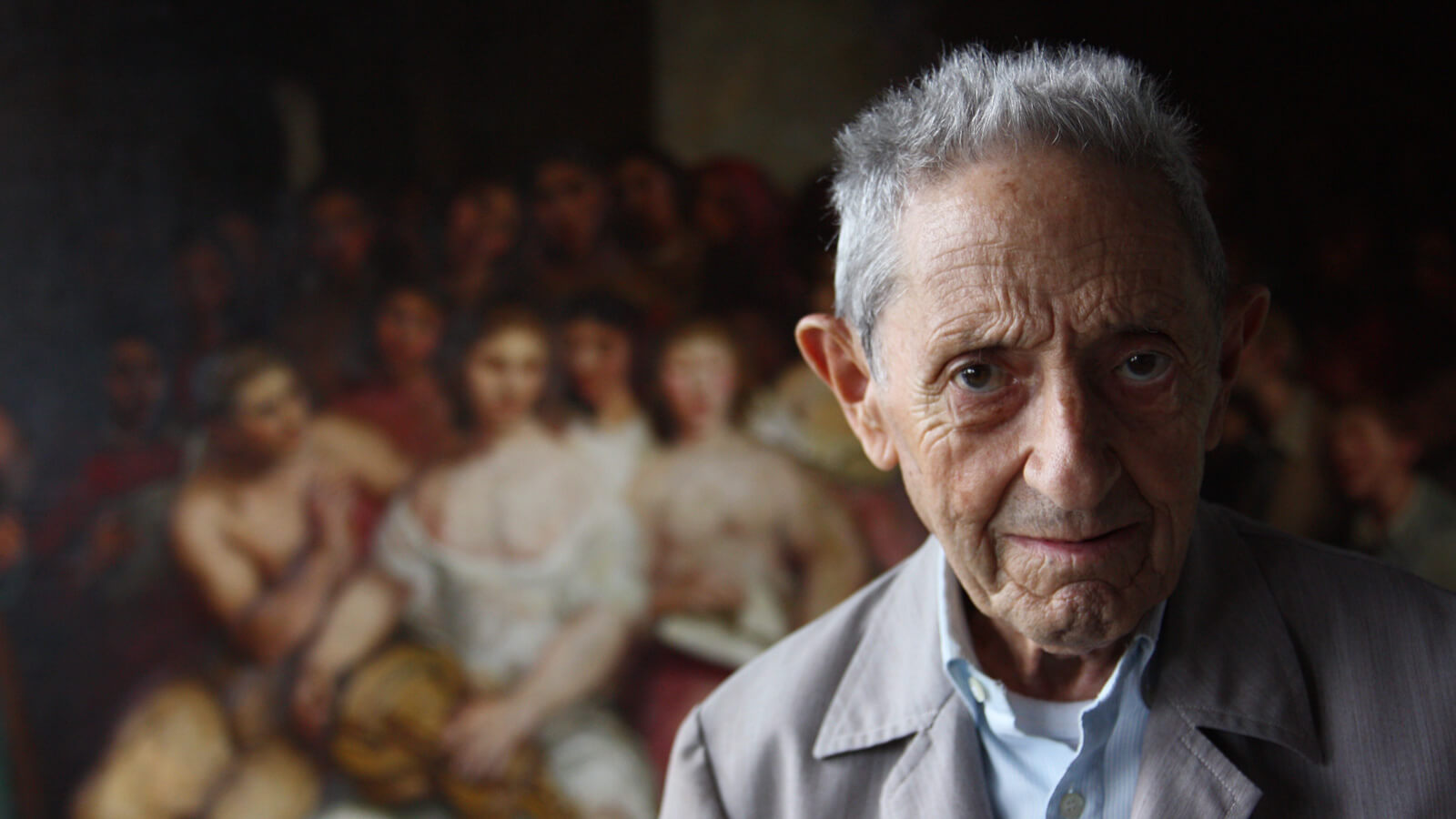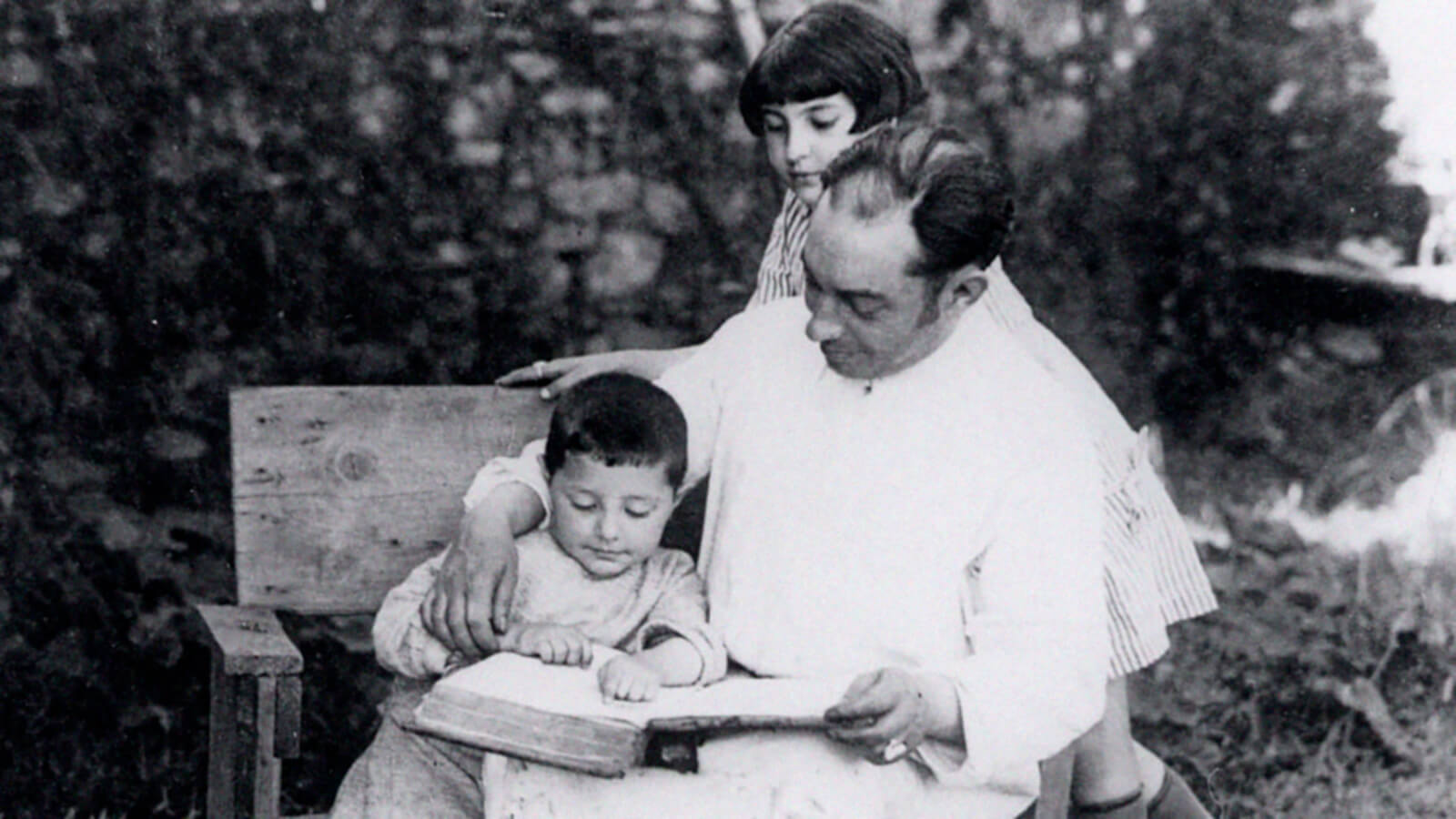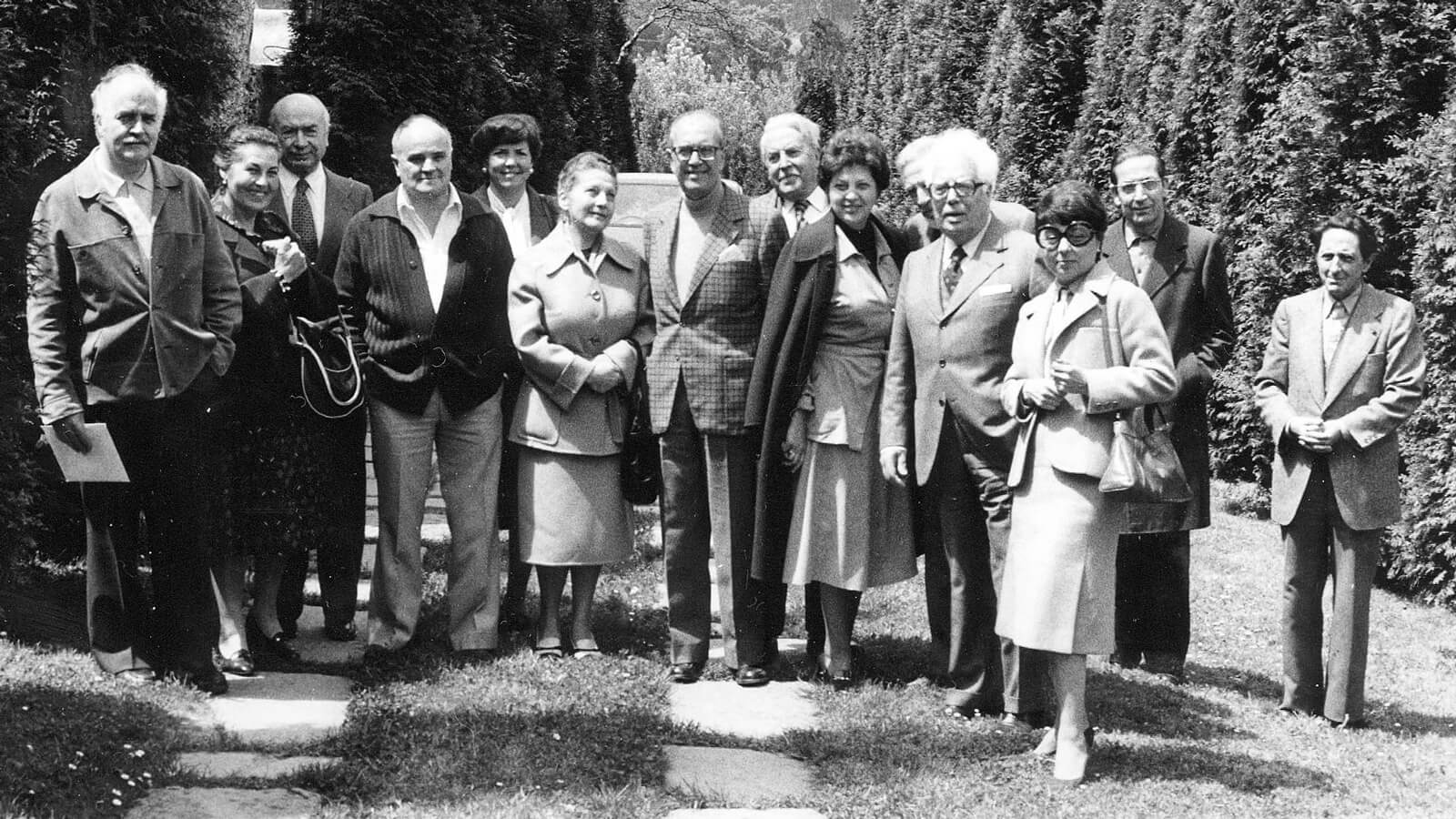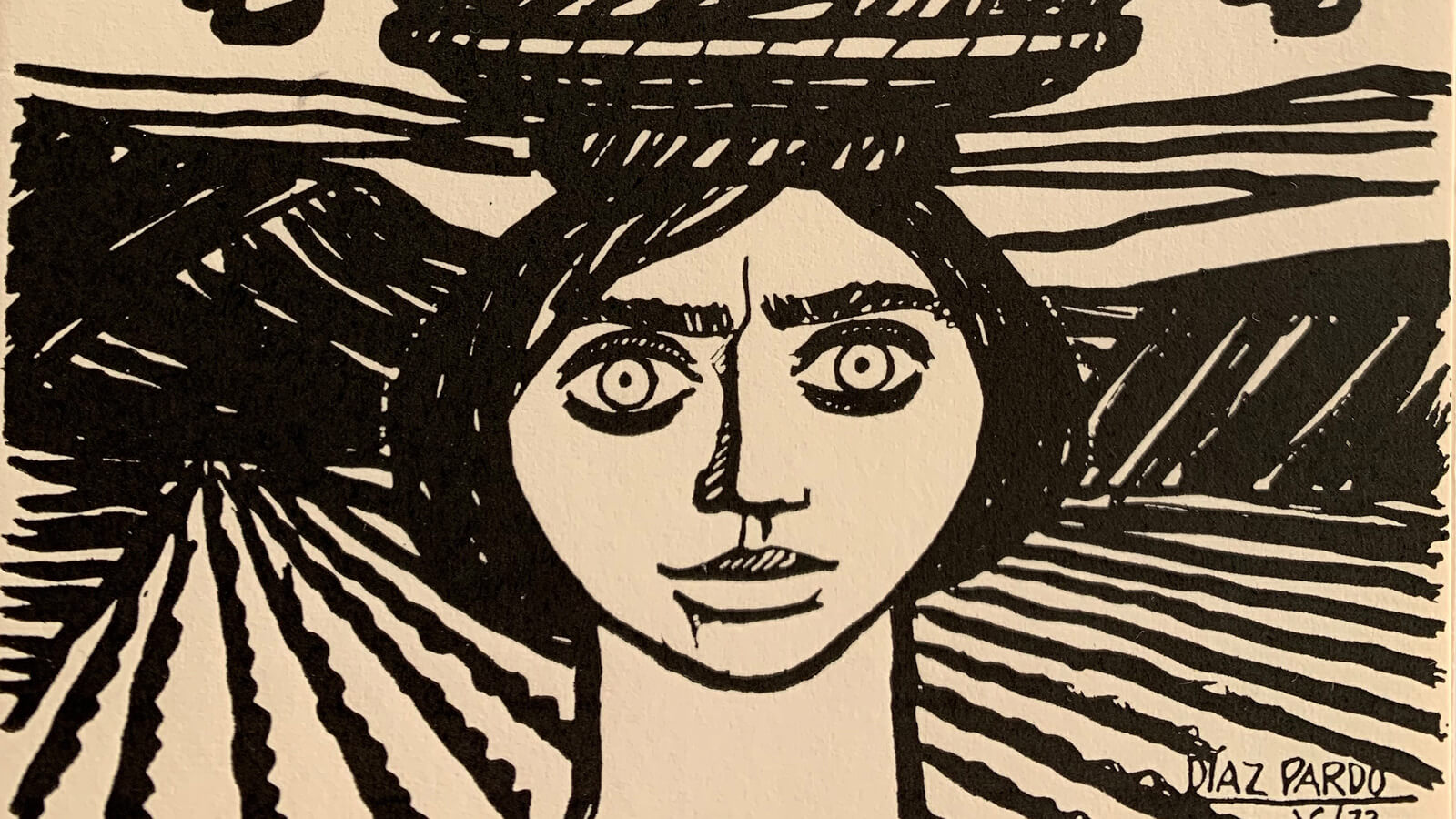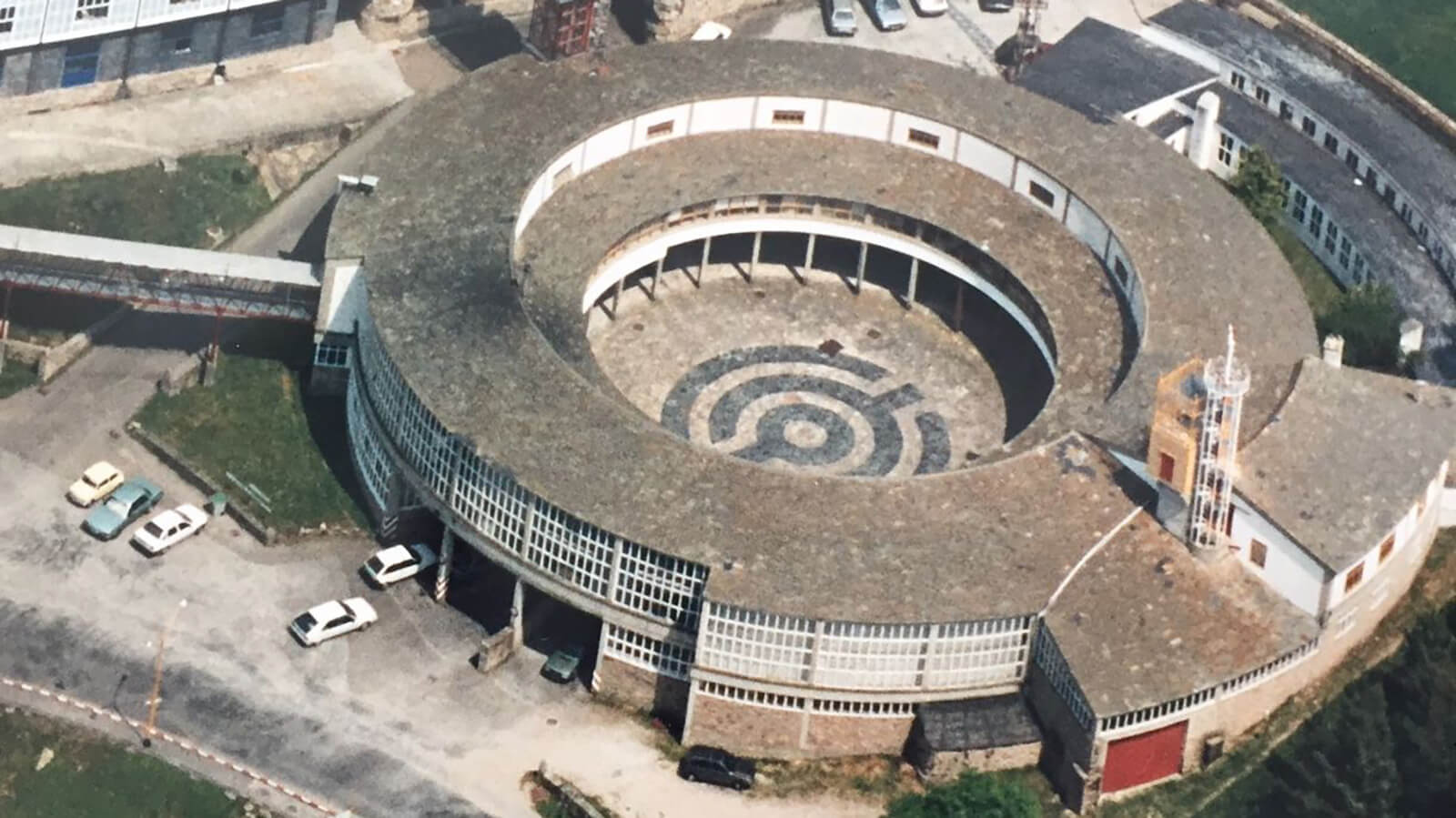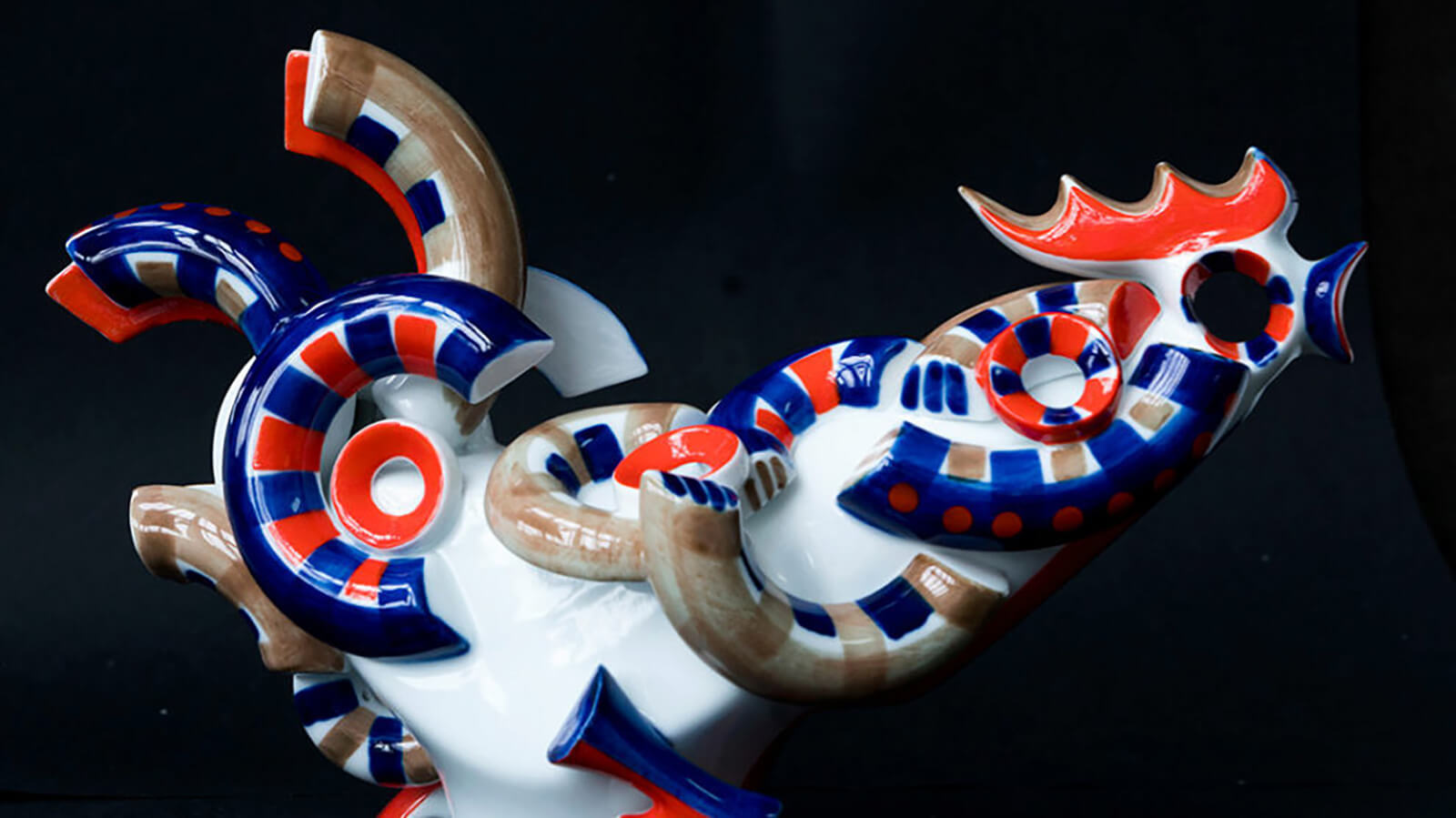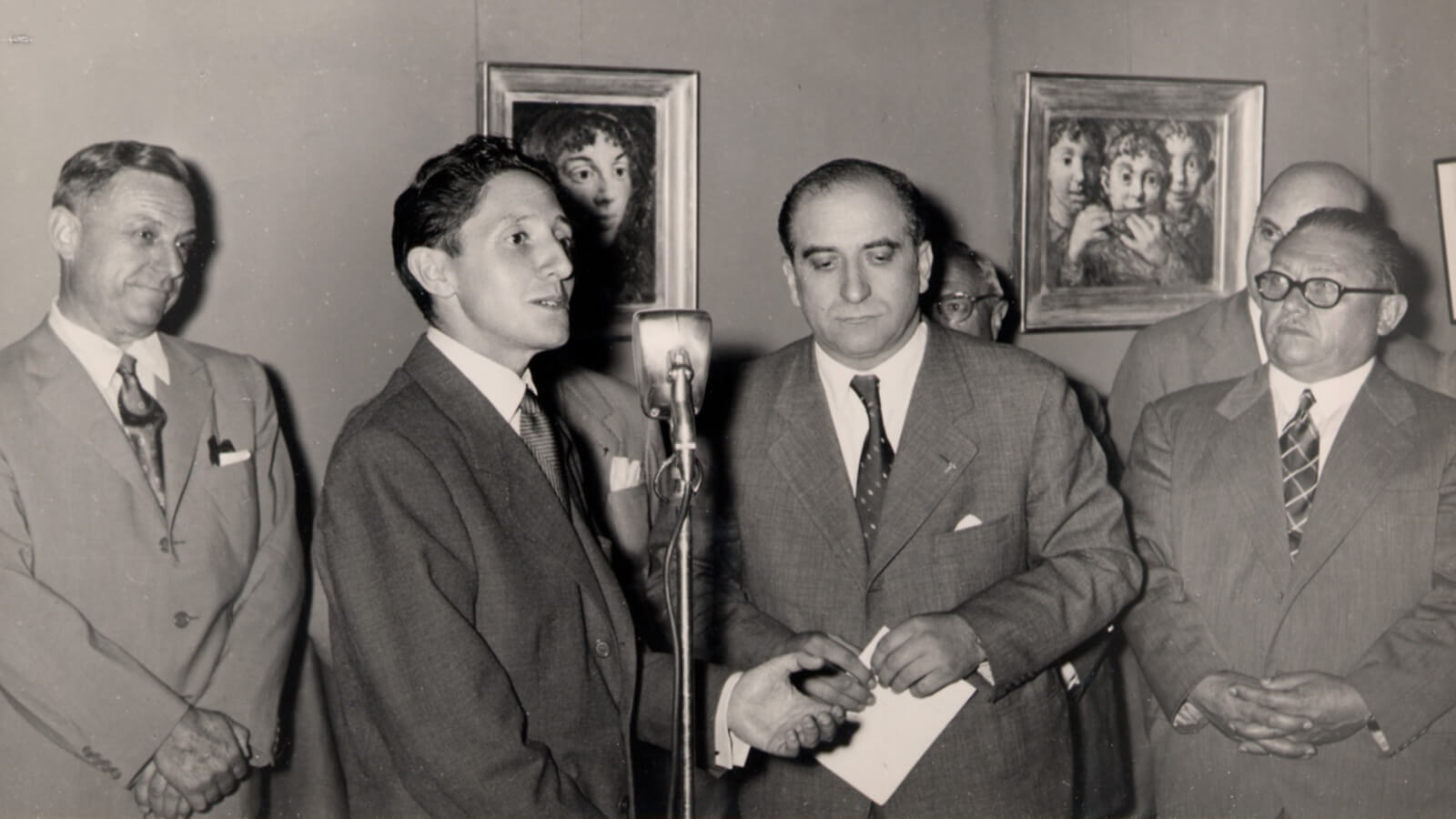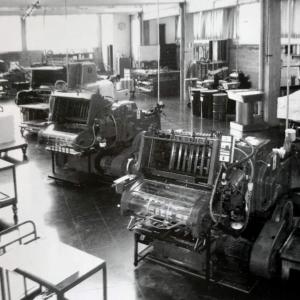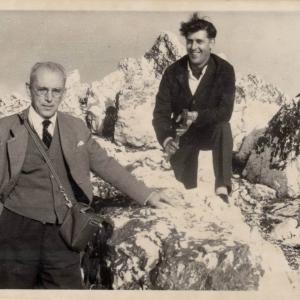As Isaac Díaz Pardo has explained, the creation at the end of the 1970s of the institution the Laboratory for Industry and Communication (LICSL) in Castro de Samoedo was the result of the need to provide a location for the growing publishing and cultural dissemination activity carried out by the Seminario de Sargadelos, which was coordinated by the Communication Department.
The creation of the Laboratory for Industry and Communication (LICSL) in Castro de Samoedo was the result of the need to provide a location for the growing publishing and cultural dissemination activity carried out by the Seminario de Sargadelos.
The building housing the new institution, measuring 4,000 m², on a ground floor and four stories, was constructed next to the factory of Castro and the Carlos Maside Museum. It was also the headquarters of the publisher Ediciós do Castro and the company Gráficas do Castro/Moret, which incorporated the Imprenta Moret, which had printed books by the publisher since the latter began to operate in 1963; the Isidro Parga Pondal Geological Laboratory of Laxe; the Castro Gallery; and from October 1978 to 1982, the exhibition room and the funds of the Carlos Maside Museum before they moved to their final home.
The building housing the new institution was constructed next to the factory of Castro and the Carlos Maside Museum, and it was also the headquarters of the publisher Ediciós do Castro, the company Gráficas do Castro/Moret, the Isidro Parga Pondal Geological Laboratory of Laxe, the Castro Gallery and the funds of the Carlos Maside Museum.
The Geological Laboratory of Laxe, founded in 1940 in the village of Laxe, La Coruña, by the geologist Isidro Parga Pondal after he was removed from his Professorship in Geochemistry at the University of Santiago after the military coup of 1936, was transferred to the building of the Laboratory for Industry and Communication of Castro in 1978. That same year, on the death of the secretary of the institution (Parga Pondal's son), he asked to his friend and collaborator Carlos Baltar to find an institution that could house the Laboratory. Baltar was a member of the new Seminario de Estudos Galegos and collaborator with the Seminario de Sargadelos; and he received unconditional support from the latter institution.
The Geological Laboratory of Laxe, founded in 1940 by the geologist Isidro Parga Pondal, was transferred to the building of the Laboratory for Industry and Communication of Castro in 1978.
A foundation was created, formed by the Parga Pondal family, the Geology Area of the Seminario de Estudos Galegos and the Seminario de Sargadelos, which decided to transfer the funds to the building of the Laboratory for Industry and Communication of Castro and provide the institution with the technical staff needed to order and catalogue its archives.
Once it was set up in Castro de Samoedo the Laboratory carried out many activities with the support of the Sargadelos Group under the management of Juan Vidal Romaní (after the death of Praga Pondal). They included the annual Geology and Mining meetings in the north-west of the Iberian Peninsula, and the numerous studies published in the collections of the chronicles Cadernos do Laboratorio Xeológico de Laxe and the Nova Terra series of Ediciós do Castro. In 1997, the Geological Laboratory of Laxe, through an agreement with the University of La Coruña, became the Isidro Parga Pondal University Institute of Geology.

